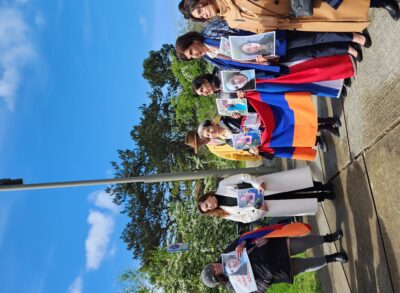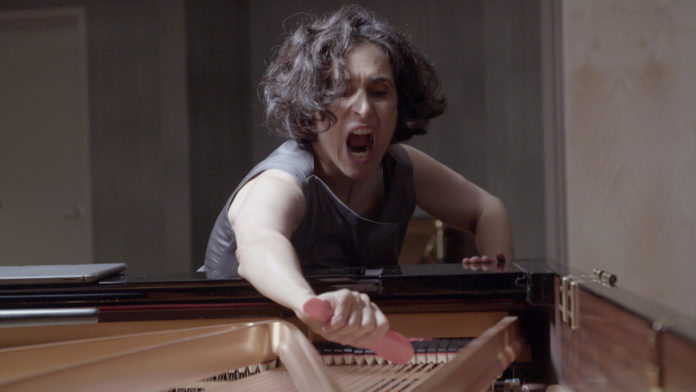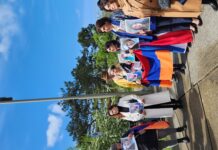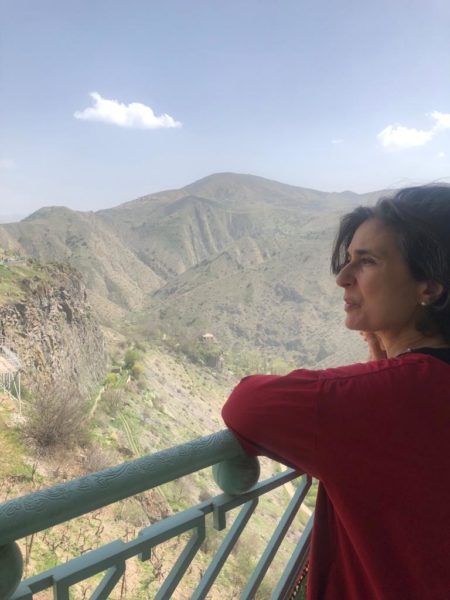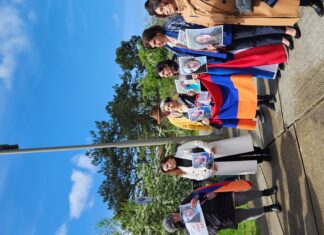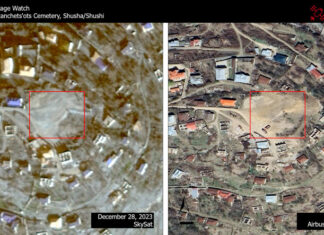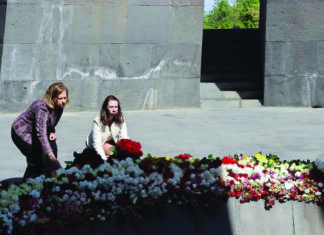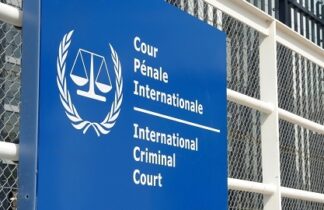YEREVAN / TORONTO – Armenian-Canadian pianist and composer Eve Egoyan was born in Victoria, British Columbia, to Armenian-Egyptian parents. She studied at the Victoria Conservatory of Music, the University of Victoria, the Banff Centre for the Arts, Hochscüle der Kunste (Berlin), Royal Academy of Music (London) and at the University of Toronto. Her 14 solo CDs explore music by composers ranging from Erik Satie to contemporary composers including Alvin Curran, Jo Kondo, Michael Finnissy, James Tenney, Martin Arnold, Linda Catlin Smith, and Ann Southam. Her most recent album, De Puro Amor and En Amor Duro, features two large-scale works by Spanish-German composer Maria de Alvear. In 2018, Egoyan created “Solo for Duet,” an integrated mix of sound, image, and unspoken narrative challenging traditional conceptions of piano and pianist. The following year she was the subject of director Su Rynard’s 72-minute portrait film “Duet for Solo Piano” that documents this musical exploration.
Egoyan has been the recipient of several accolades including “Best Classical” by The Globe and Mail (1999) for her first solo CD; one of “Ten Top” classical discs, by the New Yorker magazine (2009); and “Top Classical Disc of the Year” by the Globe and Mail (2011). Eve’s career has been significantly supported by awards and grants from the Canada Council for the Arts, other arts councils both national and international, foundations, scholarships, and private individuals. The CBC has named her one of the “best 25 Canadian classical pianists of all time”. She is an elected Fellow of the Royal Society of Canada as well as an elected Associate of the Royal Academy of Music, England. Eve teaches privately in Toronto and on Zoom, everywhere.
Dear Eve, I was very happy to meet you during your first visit in Armenia last April. In Armenia many know of your brother, Atom, and I think it is far past time that we know of you too.
I was very happy to meet you too, Artsvi! I am also grateful to have met the people you introduced me to and to visit the places you shared. Atom and I come from an artistic family. Both of our parents were painters. On my recent visit to Yerevan, I visited the National Gallery in Yerevan to see the few works they have by my parents. As both my parents have passed away quite recently, it was a very emotional experience for me to see their work in Yerevan.
Indeed, it should be so. When and where your first acquaintance with piano took place?
My journey with the piano has an unusual beginning. We had no piano in our home. From an early age, every day after school, I would visit my elderly neighbor who had a piano and ask her to teach me everything she knew about it. Eventually, I requested proper lessons. My parents were not encouraging. I think they tried to dissuade me as they themselves knew how difficult it is to be a professional artist. I was put into a group piano class but, by that point, I was much too advanced. My teacher guided me into private lessons on scholarship.
